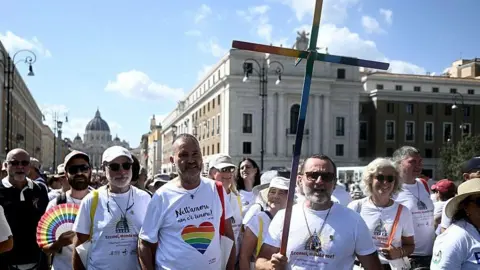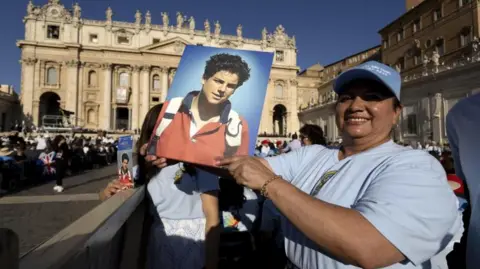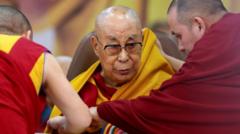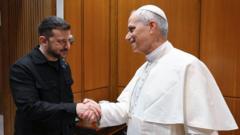Beginning this Wednesday, the gates of the Sistine Chapel in Vatican City will close as 133 cardinals embark on the conclave, a secretive assembly tasked with electing a new pope after the passing of Pope Francis last month at the age of 88. The process, laden with political intrigue, involves hours of deliberation until a cardinal secures the necessary two-thirds majority to become the next pontiff.
Jason Horowitz, The New York Times' Rome bureau chief, has shared insights from his extensive experience covering previous papal elections, noting the undercurrents of backstabbing and the emergence of unexpected candidates that often characterize the conclave. "It has pure politics, with backstabbing, and throwing people under the bus," he remarked on the atmosphere of the gathering, where cardinals will cast votes anonymously multiple times each day.
After each voting round, black or white smoke will emerge from a chimney atop the chapel, signaling whether a decision has been reached. The process may span from just a few hours to several years, reminiscent of the extended deliberations seen in the 13th century. Once white smoke is seen, signaling the election of a new pope, The Times aims to provide instant coverage detailing the choice and his ideological stances.
"We try to be prepared, but there could always be a dark-horse candidate who emerges," added Horowitz, highlighting the unpredictability of this significant event in the Catholic Church's history.





















